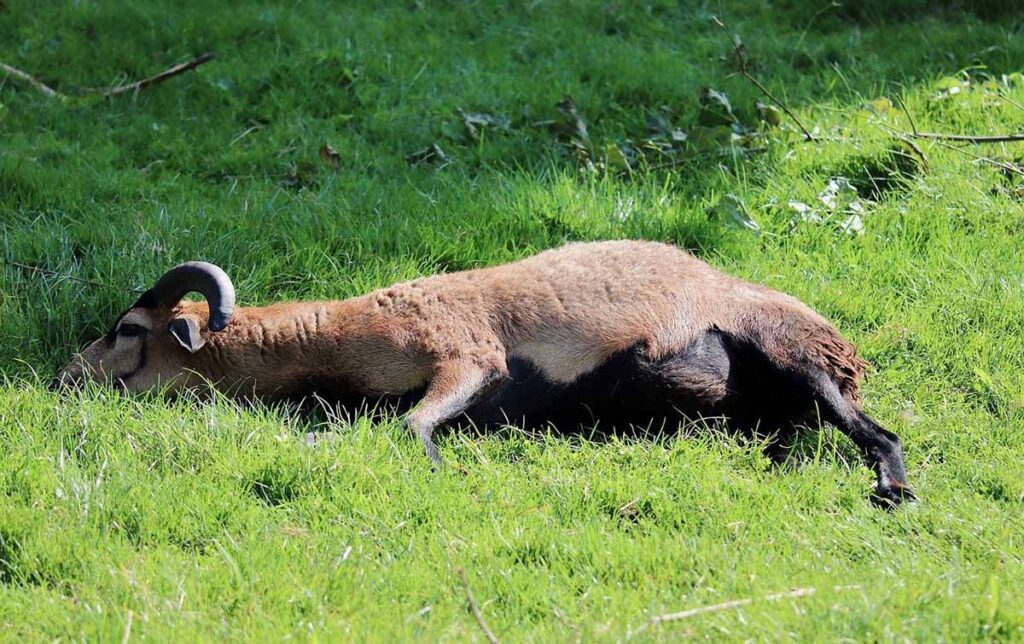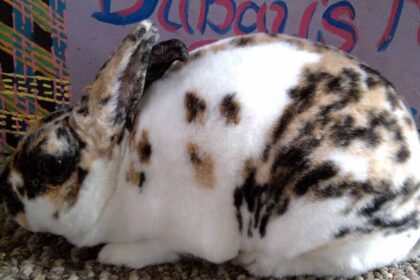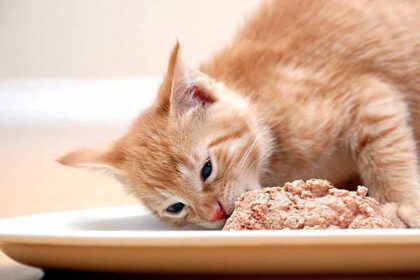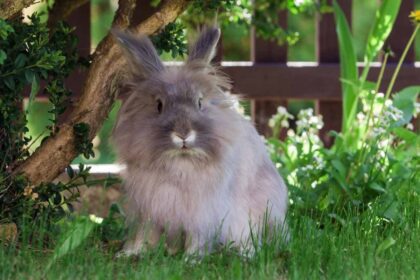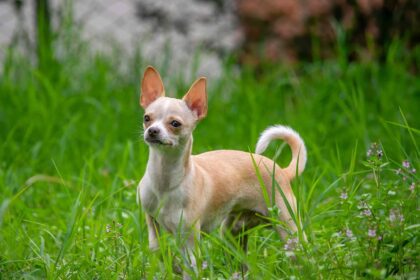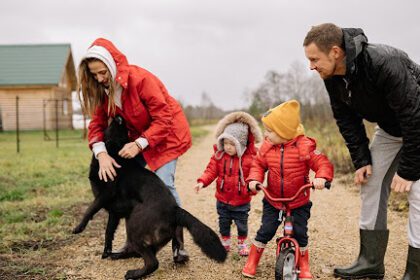Today, we are gonna talk about an interesting topic; The sounds and body language of goats. Yes – they sound beyond the Baaa sound we all are aware of.
As pet lovers, we often strive to understand our furry friends better, decoding their behaviors and communication cues. When it comes to goats, those adorable, climbing, lawnmower-mimicking creatures with expressive eyes and a penchant for mischief.
But beneath the bleats and head butts lies a complex system of communication, a symphony of sounds and body language that, when understood, unlocks a deeper connection with these fascinating animals.
Beyond the Baa: A Goat’s Vocal Repertoire
We all recognize the classic goat bleat, a sound often associated with contentment or calling other goats. However, did you know a 2018 study by the University of California, Davis found goats have a much richer vocal repertoire? Here’s a breakdown of some key sounds that go beyond the basic baa:
- Short bleats: These convey a wide range of emotions from greetings to mild curiosity, depending on the context. Let’s say a human saying “hello” in a friendly tone or uttering a questioning “hmm?” A short bleat can encompass both these nuances.
- Long, drawn-out bleats: Often indicate distress, hunger, or separation anxiety. Think of a child’s long, drawn-out cry when they’re upset. The extended bleat in goats carries a similar emotional weight.
- Screams: Believe it or not, goats can scream! This high-pitched shriek, used primarily by females in heat, can travel long distances to attract mates. It’s a primal call, a loud and clear advertisement announcing their receptiveness.
- Grunts: Low-pitched grunts can signal dominance, warnings to back off, or even courtship behavior in bucks. A deeper, more guttural sound compared to the bleat, the grunt is a goat’s way of setting boundaries or expressing interest.
- Snorts and wheezes: These are less common vocalizations, but may indicate respiratory issues or irritation. Just like in humans, snorts and wheezes in goats are usually signs of something being amiss.
Speaking Volumes: Body Language Deciphering
A goat’s posture, tail position, and even ear movements can speak volumes. Here are some key elements to consider, along with insights into the emotions they might convey:
- Ears: Perked-up ears suggest alertness and curiosity, like a human raising their eyebrows in interest. While flattened ears signal fear, submission, or aggression, much like a person cowering or furrowing their brow.
- Tail: A high, wagging tail usually indicates happiness or excitement, similar to a dog. While a tucked tail signifies fear or discomfort, mirroring a human hunching over in fear.
- Head position: A lowered head with horns held high can be a dominant display, like a person puffing out their chest. While a lowered head with ears pulled back shows fear, just like a submissive human avoiding eye contact.
- Stomping: Impatient foot stomping can indicate hunger, anticipation, or territorial marking. Imagine a child stomping their feet in impatience for a treat, or someone marking their territory with a sign. Goats use stomping for similar purposes.
- Grinding teeth: This sound, often accompanied by head bobbing, can be a sign of contentment or a threat display. Similar to a purr from a cat, grinding teeth can sometimes indicate satisfaction in goats. However, in conjunction with head bobbing, it can also be a warning to back off.
- Subtle Cues: Many goat communication guides focus on these main elements. But what about the subtler signals? A 2020 course by the American Goat Society delves deeper, highlighting the importance of scent marking, facial expressions, and even vocal pitch variations.
Instantly, goats use scent glands located on their heads and hooves to mark territory and communicate with each other. Imagine two people shaking hands – it’s a form of introduction and leaving a mark. Goats use scent marking in a similar way.
Final Thoughts
Building a Bond – By learning to read their sounds and body language, you can become more attuned to your goats’ needs and build a stronger bond with them. You’ll be able to identify signs of contentment, distress, or potential conflicts within the herd. This knowledge empowers you to provide a more enriching and stress-free environment for your caprine companions.
So, the next time you hear your goat bleating, take a moment to observe their body language. You might be surprised by the rich conversation unfolding right before your eyes (or ears)!


